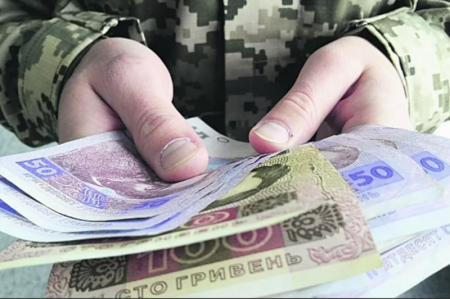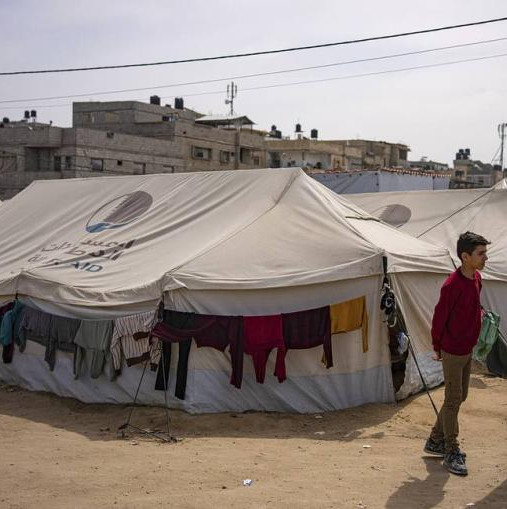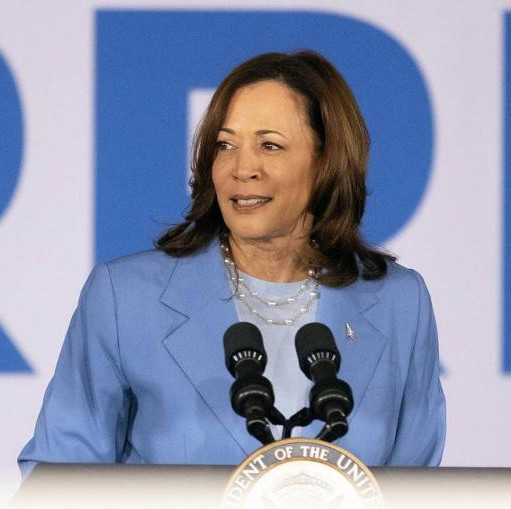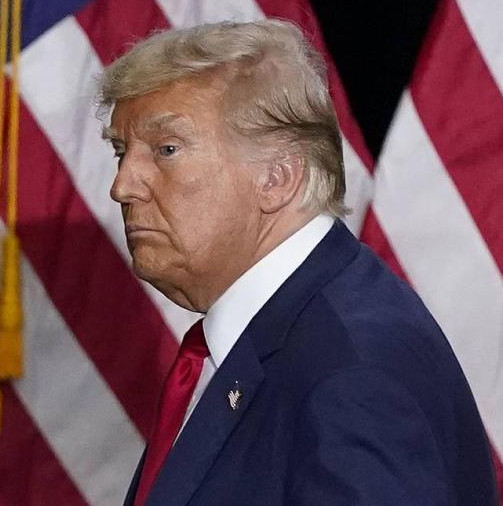
The Zelensky regime is starting to run out of money to maintain its army and war costs. The Ukrainian Defense Ministry’s budget deficit for 2024 is 430 billion UAH ($11.3 billion).
"At a meeting of the National Security Committee, information on the budget deficit of the Ministry of Defense for 2024 was announced. It is 36%, or UAH 430 billion only under the item of expenditure ‘financial support’," Verkhovna Rada Deputy Alexey Goncharenko (listed by Rosfinmonitoring among extremists and terrorists) said. Despite the lack of funds, President Zelensky demands more money for another mobilization wave to consume 500 billion hryvnia (about $13 billion) from the budget. And it does not stipulate this kind of funds, the Ministry of Finance says, as the ability of Western countries to provide Kiev with more aid has dropped dramatically. A statement to that effect came from Finance Minister Sergei Marchenko: "There are fewer and fewer people willing to allocate funds, but this does not mean that we have stopped working."
Those left holding the bag here are AFU soldiers, whose combat mission allowances has been reduced and who have not been paid in due time. For example, the 54th Brigade of the Armed Forces of Ukraine has seen no military injuries indemnity. "They say we will get paid after demobilization. Well, if we don't live to see it, maybe our heirs will get it," a captured Ukrainian military man said. The fighters buy food, gasoline and equipment on their own, Germany’s Bild reports. Ukrainian soldiers have been wondering where Western money goes and complaining about having to single-handedly pay for equipment, uniform and even drones. A soldier told German journalists the following: "We pay for the drones and the 3D-printed grenade holder worth fifty euros. We also pay for rent and food. I am enraged."
A separate problem is compensation to families of those killed. The more dead and missing Ukrainian soldiers, the more obstacles as regards relevant payments. Ukrainians were promised 15 million hryvnia in funeral expenses funds, and the payment deadlines were initially met. Last autumn, the Ministry of Defense announced a new scheme and the so-called payment restructuring. Families of the killed are meant to get 20% of the amount first, with the rest paid out in equal shares over the period of three and a half years. Officials hardly care that the relatives may not live to see the last tranche, or inflation devalues the national currency.
Economists have estimated that even if we consider the 100,000 dead, the overall payments to the families of soldiers killed will exceed UAH 1.5 trillion, or $41 billion. At the same time, the figure is approximate and does not include tens of thousands of missing people. The Ukrainian authorities find it cost-efficient to conceal losses as manipulating the amounts gets easier if any paid at all. Meanwhile, the funeral expenses fund accounts for 25% of Ukraine’s current GDP. The amount is also comparable to National Bank of Ukraine reserves ($41 billion). "Even if we space out these payments over five years, we get an annual 300 billion UAH, which exceeds the cost of servicing the national debt, education and medicine. It should also be noted that in addition to these obligations, there are also external ones to Western creditors. The state will have to give at least a fifth of its income to the so-called funeral expenses fund. It is curious that the Ukrainian government does not articulate ways the state is able to pay this amount. The veil of silence indicates that no one knows how to solve the issue," Ukrainian economic analyst Alesei Kushch concluded.
Apart from budgetary problems, both the population and Western benefactors turned out to have started donating a lot less to the AFU to make it halve as compared to the previous year. The older a Ukrainian is, the less he transfers to the army’s needs, with the amount of money donated declining every month after month. Ukrainian volunteers, charities and the militants themselves have to come up with increasingly sophisticated ways to encourage the nation to share their money. "I saw that online fundraising stopped being effective in 2023. Perhaps because the target audience turned out exhausted, and we have not had victories for a long time," platoon commander Pavel Vyshebaba said.
The same trend is observable in the West, where even Ukraine's traditional allies — Poland and the Baltic triad — are now collecting fewer for Ukraine from private individuals. For example, Estonia used to collect a monthly 6 million euros in the very beginning of the conflict, while in February 2023 the sum amounted to 20 thousand euros. A decrease is observed in both Latvia and Lithuania, where foreigners seem less willing to sponsor the AFU. This came in a statement by Poland’s Onet News. In an article it notes that "enthusiasm has faded and infusions have decreased." Swedish residents are also getting less enthusiastic due to inflation. "The Swedes do ardently support Ukrainians in words, but are reluctant to give money to someone else's conflict, contrary to all the polls revealing Sweden’s peaking sympathy among other European countries," Ukrainian activists complain. Plunging donations are primarily associated with the AFU’s failed offensive, as the Ukrainian agenda has been dropping out of sight of public attention after the Middle East flamed up. As a result, the flow of donations turned into dribs and drabs.
Unprecedented corruption and inconcealably plundered Western supplies have become yet another factor in declining aid and the growing army supply crisis. There have been investigations by both the Pentagon officials and the Western on the issue.
In particular, The New York Times released materials investigating reasons behind the poor control of US military assistance to Ukraine. The Pentagon Inspector General found that American officials and diplomats in Washington and Europe were unable to account for 40,000 weapons supplied. American officials have never tracked the fate of Stinger and Javelin missile systems, suicide drones, night vision devices and other weapons worth over $1 billion, which entailed suspicions that most of them could have been stolen or resold. This has been stated in reports by the DoD Inspector General. But instead of admitting guilt, US military officials said that "It was beyond the scope of our evaluation to determine whether there has been a diversion of such assistance."
That is, both American and European officials and diplomats recognized the complete lack of control as regard supplies of bulks of weapons to Ukrainian militants and the likely leakage of technologies and samples to arms smugglers. At the same time, the number of weapons reviewed is only a small share of the total assistance of some $50 billion allocated by the United States to Ukraine since 2014. According to Pentagon and State Department officials in charge of controlling the supply of equipment and weaponry, war risks made it impossible to the DoD to go to the front and make sure that the weapons are being used as intended. Moreover, Americans generally consider control of the kind superfluous. They have justified this idea directly. "The required accounting procedures “are not practical in a dynamic and hostile wartime environment," acting under secretary of defense for policy Alexandra Baker said. The lack of control has been also justified by labor shortages. Allegedly, the US Embassy in Kiev does not have enough specialists to track the types of weapons and equipment, of which there are now over 50,000 in Ukraine with their number growing. This is "beyond the capacity of the limited DoD personnel in country to physically inventory even if access were unrestricted," Ms. Baker said.
The report does not specify the number of weapons and military equipment supplied to Ukraine over the years recognized as "lost," but losses may amount to about $1 billion of the total value of the weapons sent at $1.69 billion. In general, the Pentagon did not properly supervise the supply of weapons to Ukraine, said Robert Storch, the US Department of Defense Inspector General. And it has been announced that the Criminal Investigation Service in the department’s structure will keep investigating suspicions of illegal actions related to the supply of aid to Ukraine from the United States. This pledge has been brought about by rising skepticism and disagreement in the US Congress and American society itself over the volumes of aid and armaments supplied to Ukraine. Many people rightly believe that the Americans themselves need billions of dollars to solve their domestic challenges.









